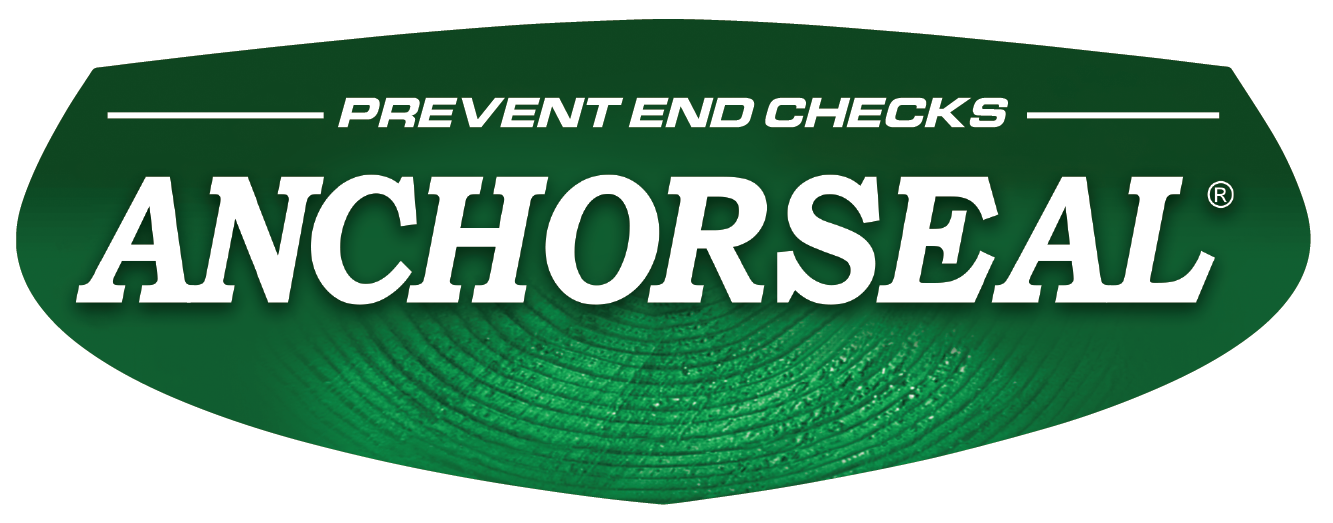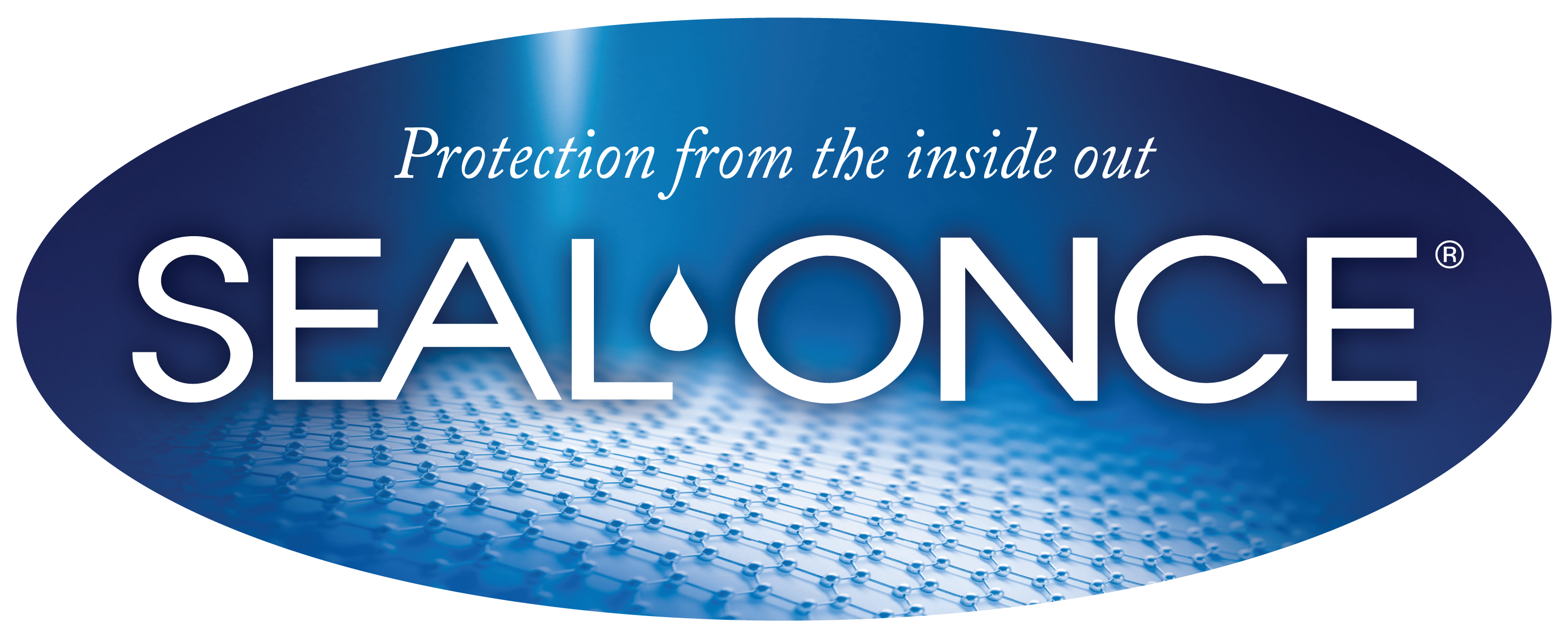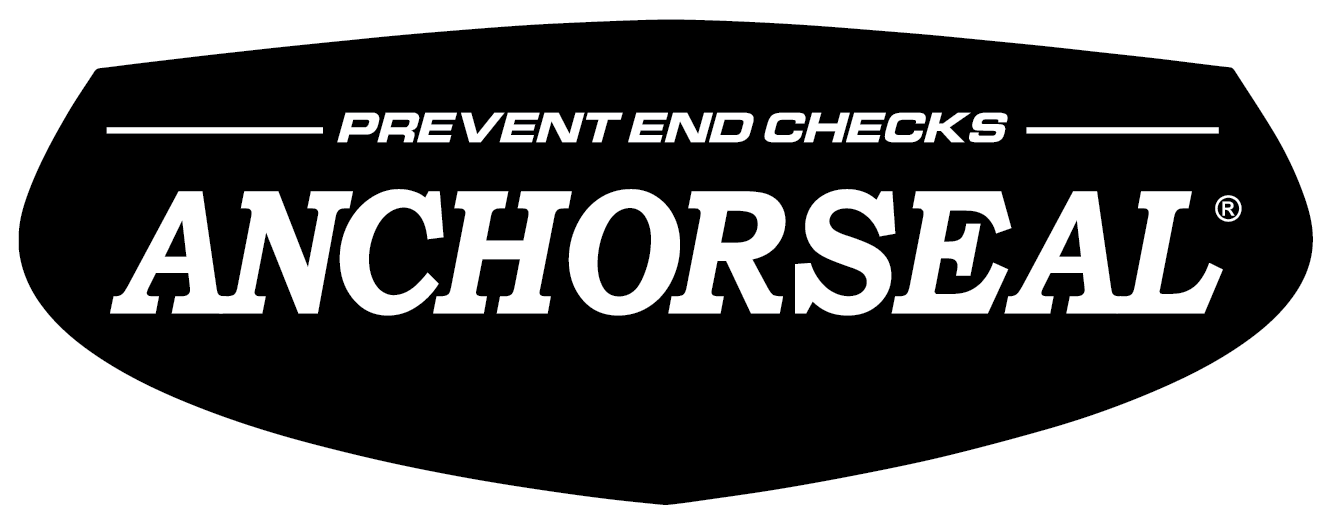About twenty years ago, manufacturers began experimenting with wood stains because they were having trouble marketing their pressure treated lumber. Applying stain provided a more attractive finished product as well as better surface resistance to degradation from weather and sun. It was challenging to develop a stain that was compatible with waterborne treating processes and chemicals, and rugged enough to be applied under demanding manufacturing conditions. The stain also had to be low VOC and easy to clean up.
Eco Chemical™ was the first to respond to the challenge with a commercially viable, water-based, and eco-friendly product that delivered an attractive, long-lasting, UV-resistant color. This new stain was easy to apply and clean up, and met the requirements for low VOCs.
Eco Chemical has since continued to invest in innovation, exploring new technology, and building a highly skilled team to ensure the best stain solution for pressure treated lumber in a changing market.
A key to our success? Flexibility.
Same Stain, Different Wood
Various species of wood accept stains differently, so a color of stain used on pine will differ in finished appearance than that same stain used on Douglas Fir. Preferred species found on the east coast, like the Southern Yellow Pine, are typically more absorbent, and require a different formulation, pigment concentration, or application process to get a desired appearance. Pacific Northwest Douglas Fir, on the other hand, is one of the harder softwoods, and absorbs far less stain.
Eco Chemical meets the industry challenge with flexibility, offering many formulations and coloration options. We work with each customer according to their particular choice of wood species and method of production.
Incised or Not?
Manufacturers on the west coast typically work with Douglas Fir or Hemlock Fir. These denser species of softwood have to be incised for effective pressure treatment, requiring bundled or “bunked” packages of boards to be opened so each stick of wood can be run through an incisor. Once the boards are unbundled, they can be easily fed through a machine staining step before being bundled again for treatment.
Softer woods, like the Southern Yellow Pine, don’t require incising because they’re more absorbent. Consequently, most treaters in the southeast, where Southern Yellow Pine is the prevalent species, choose in-tank staining in bundles for their products.
Though staining each piece individually seems tedious, many of our customers choose to piece stain their product, even after it has been re-bundled and pressure treated. Single piece machine staining, either before or after treatment, more readily allows for a much wider range of colors for finished products. Once again, deciding when and how to stain will produce different results, depending on the type of wood, color of stain, and how wet the wood is, among other factors.
Machine Staining vs. In-Tank
Eco Chemical stands out from the competition with the ability to support different stain application processes.
Some customers prefer an “in-tank” method. Using a one-step process, a colorant is added to the pressure treating tank along with the pressure treating chemicals. This method typically limits the range of colors available and often results in less color consistency, richness, and depth. The other option is to apply a flood coat or spray-on machine process, either before or after the treatment step. Eco Chemical’s stains can be used with either application process to achieve a more robust, high-quality finish.
Immediate Marketability
Some varieties of wood don’t look very pretty coming right out of pressure treating and in-tank coloring. The lumber needs to sit in sunlight for a period of time before it takes on its intended color. To accommodate the curing process, bundles need to be broken again. Our two-step process, using a machine staining step, eliminates this issue. We recently encountered a situation where our client was working with Brazilian Pine, and it came out of treatment appearing salmon pink! Definitely not ready for market.
Eco Chemical brings unmatched flexibility with a range of color options to the table. Aside from aesthetics, our stains are specifically formulated for intended applications, whether they’ll be used on fence boards that will receive a lot of weather exposure, or deck boards that need to endure heavy foot and furniture traffic, standing water, and general weather conditions.
We partner with all of our customers to innovate, building the right coating for your methods of manufacturing and your markets. Contact us today – we want to partner with you to produce the most vibrant, high-quality end product for your business!













